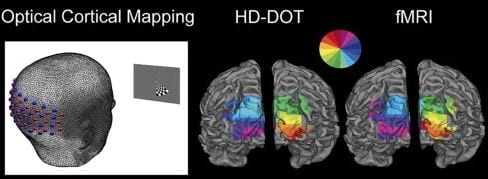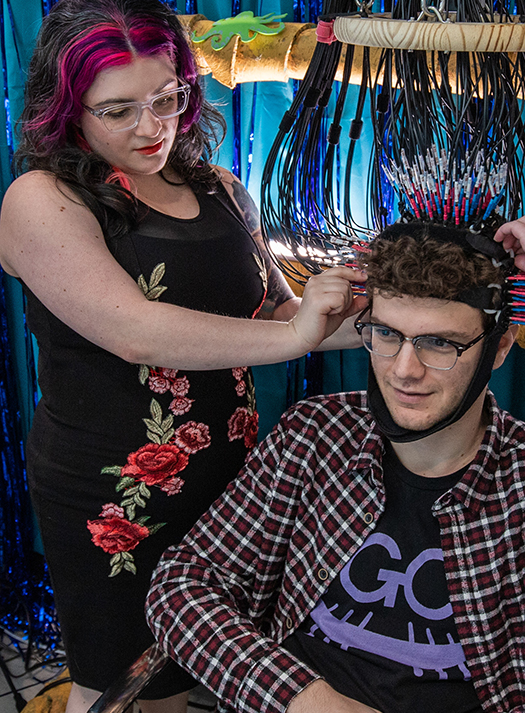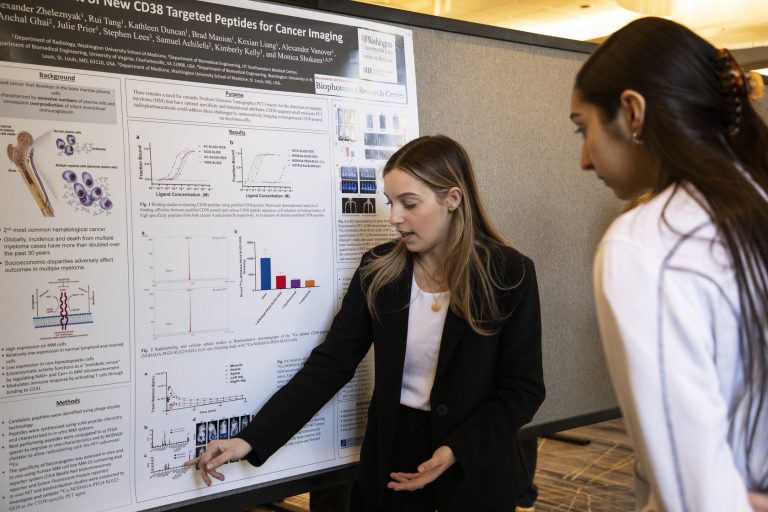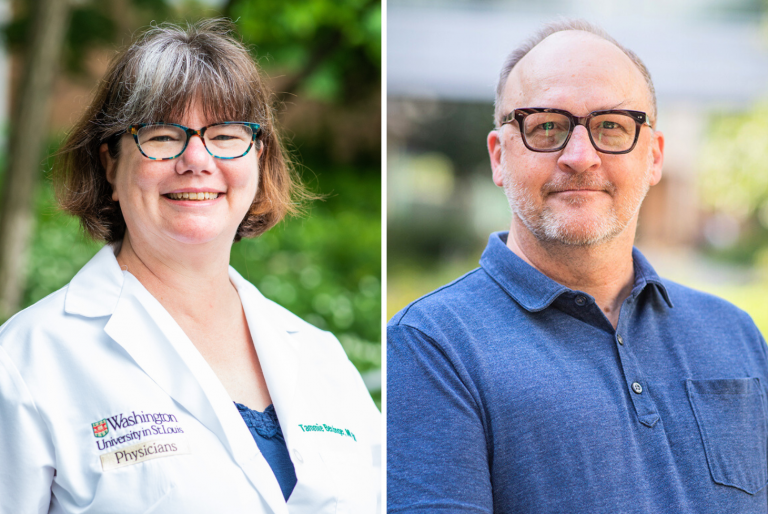Brain Light Laboratory
Projects
Our lab has ongoing enrollment for children who are typically developing, children with autism in their family, and children with a diagnosis of autism. If you are interested in having your child participate in any of our studies, please complete the Participant Sign-Up Form. If you have any questions, please call us at 314-747-5688 or email Brain Light Studies.
Childhood Development
An ongoing and long-term focus of our lab is to advance HD-DOT methods for evaluating brain-behavior relationships in infants, toddlers, and school-aged children who are typically developing, have a diagnosis of autism spectrum disorder (ASD) or congenital heart disease, or who have an increased likelihood for developing ASD.

HD-DOT Methods Development
The loud and constraining nature of MRI-based neuroimaging severely limits studies on direct within-room social communication, on auditory processing and language generation, and presents an excessively challenging setting for sensitive participants, such as school-aged children and in particular young infants, toddlers, and those severely affected with autism spectrum disorder

Congenital Heart Disease (CHD)
The Brain Light Laboratory has funded studies focusing on CHD in infants. Neuromonitoring of brain health in critically ill children with CHD is severely limited by a lack of useful bedside neuromonitors that provide clinically useful sensitivity and specificity. With HD-DOT, we aim to evaluate brain health in infants with CHD at the bedside. This means a less invasive, more comfortable experience where we can perform neuromonitoring of functional connectivity in peri-operative and critical care settings.







